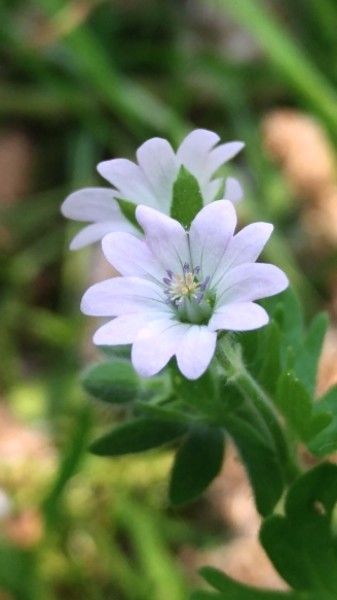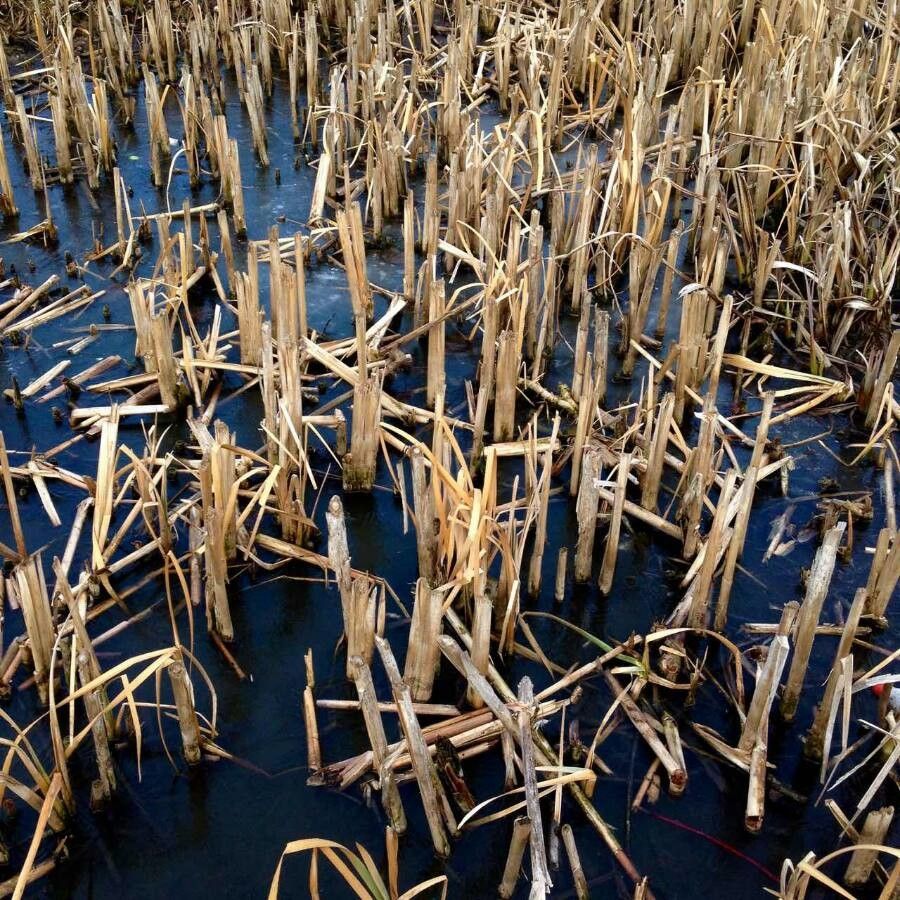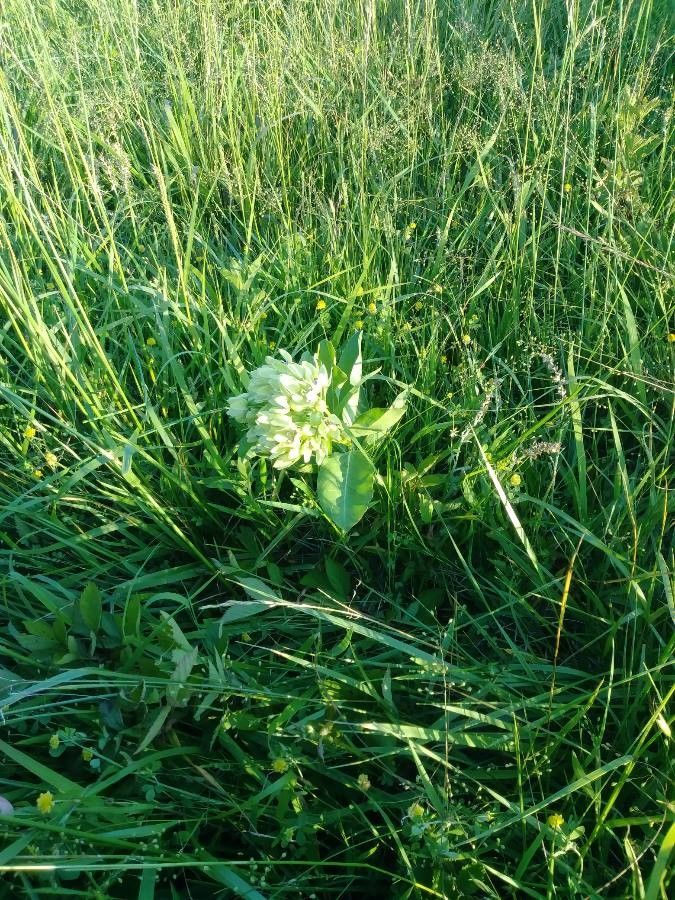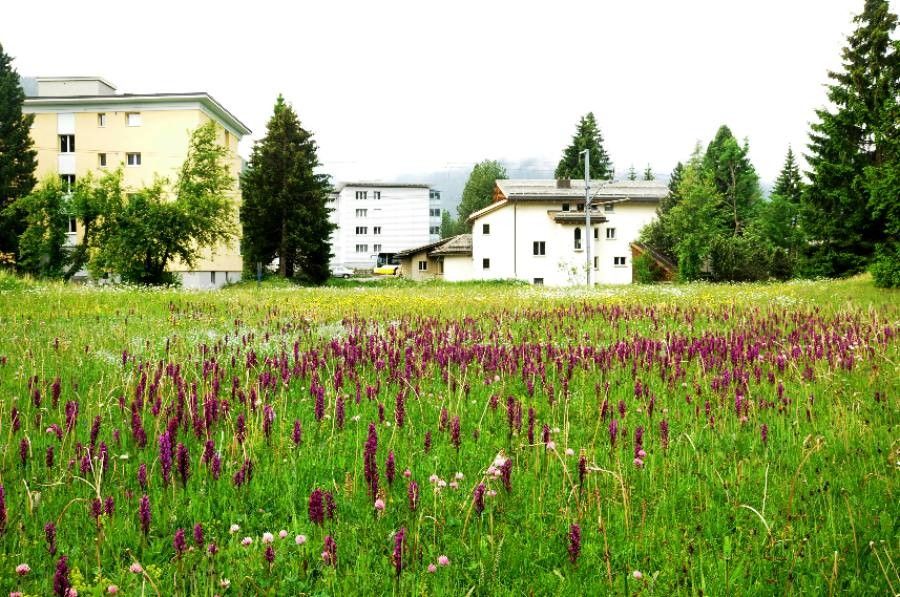## Wild Geranium: A Gardener's Delight
The wild geranium ( *Geranium maculatum*, among other species), a member of the Geraniaceae family, is a captivating perennial that graces woodland gardens and meadows with its delicate beauty. Unlike its cultivated cousins, the wild geranium boasts a charmingly understated elegance, making it a prized addition to naturalistic landscapes and cottage gardens alike. This comprehensive guide will delve into the specifics of cultivating and caring for this enchanting wildflower.
### Identifying Wild Geranium
Wild geranium is easily recognized by its distinctive palmate leaves, deeply lobed and resembling a hand with outstretched fingers. These leaves, often tinged with reddish hues, provide attractive foliage throughout the growing season. The flowers, typically a soft lavender-pink, though variations exist, are five-petaled and delicately veined. They bloom in spring, adding a touch of ethereal beauty to the garden before other plants fully emerge.
### Habitat and Growth
Wild geranium thrives in partially shaded to shady conditions, mirroring its natural habitat in woodland areas. It prefers moist, well-drained soil rich in organic matter. While it tolerates some dryness once established, consistently moist soil encourages vigorous growth and abundant flowering. They readily self-seed, so you may find delightful surprises popping up in unexpected areas of your garden.
### Planting and Propagation
Wild geranium can be propagated through seed or division. Seeds can be sown directly into the ground in autumn or spring. Division is best done in early spring or autumn, when the plant is dormant. Simply dig up a clump of the plant, carefully divide it into smaller sections, and replant each section. Ensure each section has healthy roots and shoots for successful establishment.
### Care and Maintenance
Wild geranium is relatively low-maintenance. Once established, it requires minimal care. Regular watering, especially during dry spells, is beneficial. Mulching around the plant helps retain moisture and suppress weeds. Deadheading, or removing spent flowers, can encourage more blooms and prevent self-seeding in unwanted areas. While generally disease-resistant, watch for slugs and snails, which can sometimes damage the foliage.
### Choosing the Right Wild Geranium for Your Garden
Several species fall under the common name “wild geranium”. Research specific species like *Geranium maculatum* (woodland geranium) or *Geranium phaeum* (dusky cranesbill) to determine the best fit for your garden conditions and desired aesthetic. Consider the mature size and spread to ensure adequate spacing when planting.
### Wild Geranium's Place in the Ecosystem
Wild geranium plays a valuable role in supporting pollinators such as bees and butterflies. Its attractive flowers provide a vital food source, while its foliage offers shelter for small insects. By incorporating wild geranium into your garden, you contribute to a healthier and more biodiverse environment.
### Conclusion
Wild geranium is a fantastic addition to any garden seeking low-maintenance, charming beauty. Its adaptability, ease of care, and ecological benefits make it a truly rewarding plant to cultivate. Embrace the understated elegance of wild geranium and watch it flourish in your garden for years to come.
Wild Geranium: Guide to Planting & Care

Frequently Asked Questions
How do I care for wild geranium?
Wild geranium is low-maintenance. Provide consistent moisture, especially during dry spells, and mulch to retain moisture. Deadhead spent flowers to encourage more blooms.
Where does wild geranium grow best?
Wild geranium thrives in partially shaded to shady areas with moist, well-drained soil rich in organic matter. It mimics its natural woodland habitat.


